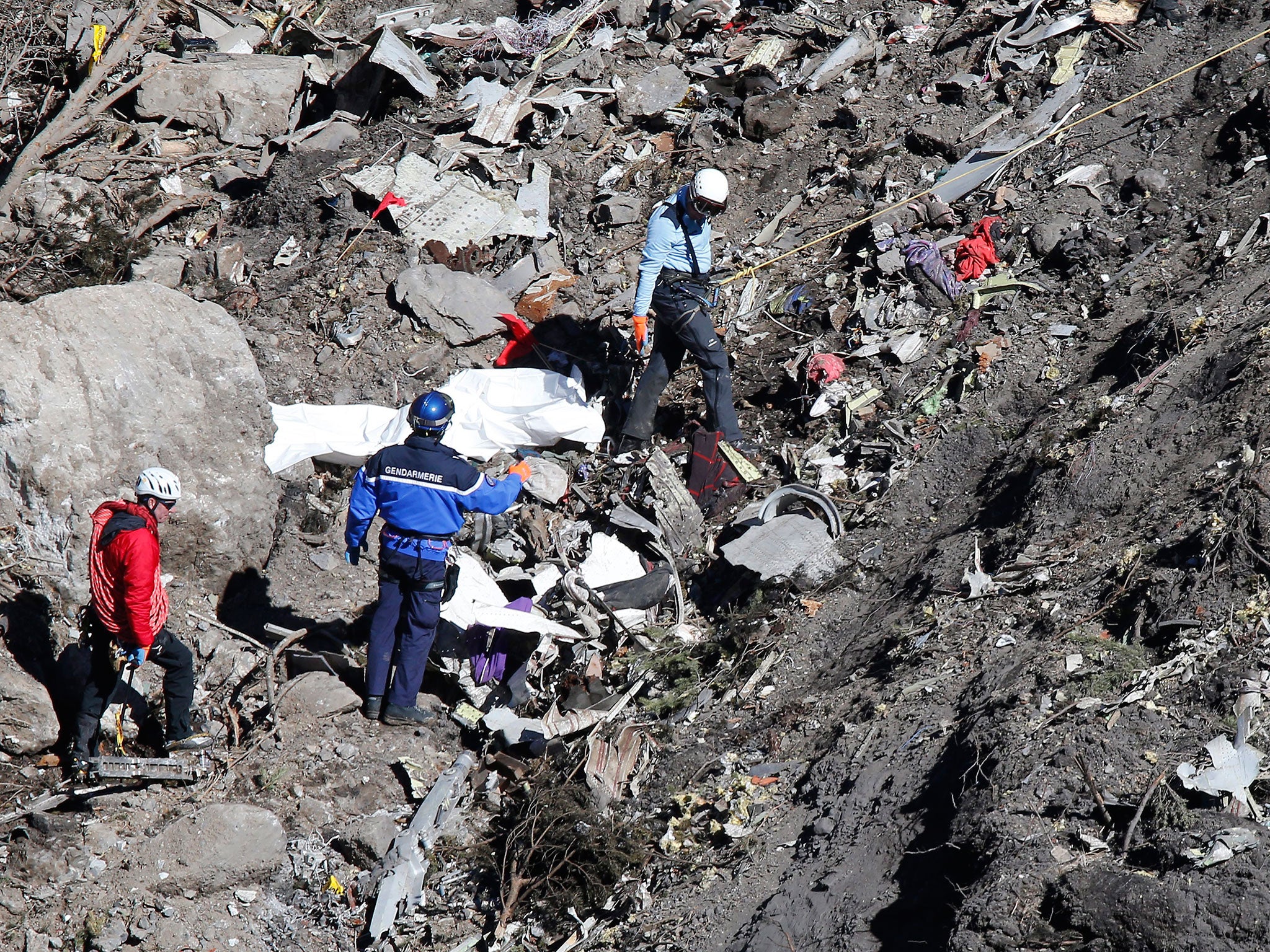How much does it cost to insure against tragedy in the skies?
Last year was more expensive for air disasters than any year since 2001. Jamie Dunkley examines the cost to the underwriters of aviation risk

Discovered in the wreck of a British ship off the coast of Holland in 1859, Lloyd’s of London’s Lutine Bell was traditionally rung once for good news and twice for bad – when an insured vessel failed to turn up at its port of call. The idea was that underwriters would eventually find out whether the ship had arrived, or not, at the same time, preventing unscrupulous characters from passing on the risk to unknowing rivals.
Although this practice survived into the 1980s to herald important news announcements, the bell is now only rung to mark ceremonial occasions like Remembrance Day and visits from the Queen.
Claims from the two Malaysia Airlines crashes, fighting at Tripoli airport, and tragedies including the loss of an AirAsia plane off the coast of Indonesia in December left the 327-year-old City institution facing £310m in payouts. Other disasters included an Air Algérie plane crash in Mali and a TransAsia Airways crash in Taiwan. Estimates from Planecrashinfo.com put total deaths throughout the year at more than 1,000.
Even though there are fewer than two passenger fatalities for every 100 million passengers on commercial flights, experts from the insurance giant Allianz believe the market is likely to become even riskier in the future with the likelihood of cyber attacks and drones being used for commercial use.
“New-generation aircraft are highly exposed to cyber crime due to the prevalent use of data networks, on-board computer systems and navigation systems,” said Ludovic Arnoux, global head of aviation risk consulting at the insurer. “Data breaches and cyber attacks are perceived to be growing risks.”

According to underwriters, aviation risk is split into two main areas: hull (a throwback to the industry’s shipping roots) and liability. Hull risks cover the aircraft, while liability covers third-party damage, including the loss of passengers’ lives.
Insurance loss adjusters are usually among the first on the scene after disasters – a fact demonstrated by reports already breaking about this week’s Germanwings disaster, which is now believed to have been caused by the co-pilot Andreas Lubitz.
Like the Malaysia Airlines flight MH17, shot down over Ukraine, it is expected to be covered by a separate war risk policy, because it is alleged to have been an act of suicide.
According to The Insurance Insider magazine, Cathedral, a subsidiary of the insurer Lancashire Holdings, is understood to lead the war policy taken out by Germanwings’ parent company, Lufthansa. The policy will pay the hull claim, reckoned to be about $6.5m. Liability payouts are likely to take much longer to work out but are led by Allianz.
But what does the spate of disasters mean for insurers? Simon Burtwell, head of general insurance at EY, believes big rate rises are unlikely. “The recent disasters aren’t having much of an impact on aviation premium rates, which remain soft,” he said. “There was an overall 4 per cent increase in 2014, but that was offset by increases in both airline fleet values and in the number of passengers carried.”
Experts believe the Lloyd’s market remains well capitalised to withstand such shocks, which are just a small proportion of the overall risks it covers. The disasters came in an otherwise benign year for Lloyd’s, whose underwriting syndicates protect against risks including earthquakes.
Pre-tax profits dipped from £3.2bn in 2013 to £3.16bn last year in what its boss, Inga Beale, described as “challenging market conditions”. As well as claims from aviation disasters, insurers’ profits have been hit by low interest rates and new investors, such as hedge funds, looking for better returns than from conventional investments. The abundance of capital in Lloyd’s has held down the price that insurers can charge.
Despite this, Mark Grice, head of insurance at the accountants Mazars, said: “This is a good result given the low interest rate and premium rate environment. Also for Lloyd’s it has been a year of development as it sets up operations in emerging markets such as Beijing.”
2014 aviation disasters: a year of catastrophe
March: Malaysia Airlines flight MH370 disappeared while flying from Kuala Lumpur to Beijing with loss of 239 passengers and crew.
July: Malaysia Airlines flight MH17 shot down over eastern Ukraine with loss of 298 lives.
July: Air Algérie flight 5017 – from Burkina Faso to Algiers – crashed in Mali killing 110 passengers and six crew. Cause of crash unknown.
July: TransAsia Airways flight 222 crashed in Taiwan killing 48. Cause unclear.
July: Militia attack on Tripoli airport in Libya.
December: Indonesia AirAsia flight 8501 to Singapore crashed, killing 162. Aircraft stalled in steep climb.
Join our commenting forum
Join thought-provoking conversations, follow other Independent readers and see their replies
Comments